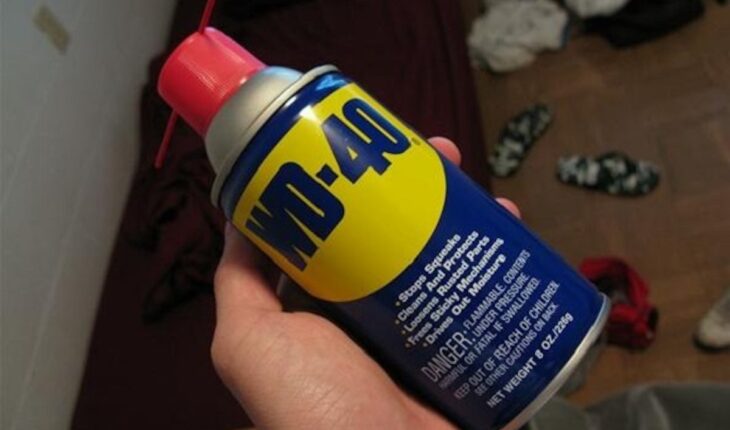Cleaning fly screens is a simple and efficient task with the help of WD-40. Over time, these screens can become dirty and obstructed, affecting their functionality and appearance. Dust, pollen, and other debris can accumulate on the gauze, making it difficult to see through and compromising the airflow. Instead of replacing the fly screens, you can easily restore their clarity and efficiency by using WD-40.

Clean Dirty Fly Screens
To clean your fly screens, take a soft and dry cloth and spray a small amount of WD-40 onto it. Gently wipe the cloth over the fly screen gauze, and you’ll witness the dirt and grime effortlessly lift off. The powerful formula of WD-40 works wonders in loosening and removing the accumulated debris, leaving your fly screens looking fresh and transparent once again.
Regular cleaning with WD-40 not only restores the appearance of fly screens but also helps extend their lifespan. By eliminating dirt and clogging, WD-40 prevents premature wear and tear, ensuring your screens continue to serve their purpose effectively for years to come. Moreover, this quick and straightforward cleaning method saves you the time and cost of purchasing new fly screens, making it a cost-effective solution. Incorporating WD-40 into your cleaning routine is a smart choice for maintaining the hygiene and aesthetics of your home. With just a few sprays and gentle wiping, you can enjoy unobstructed views and fresh airflow, making your living space more enjoyable and inviting. So, the next time your fly screens need a cleaning, reach for WD-40, and see the remarkable difference it can make in revitalizing your screens and enhancing your living environment.

